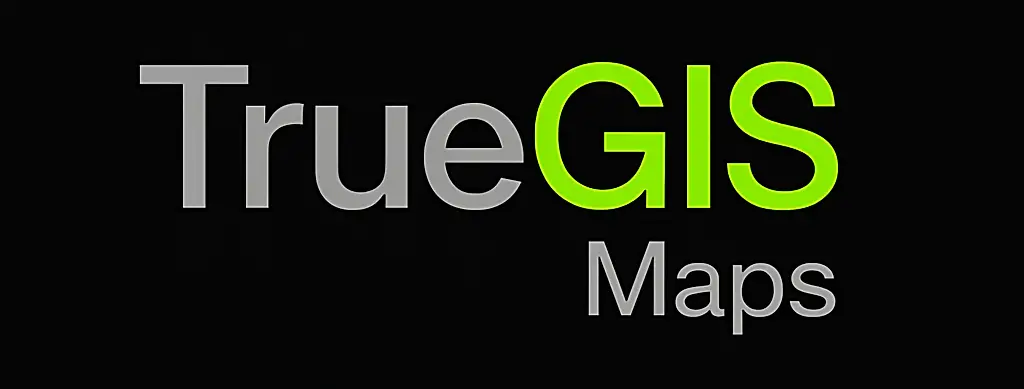Client-Side Geoprocessing with Turf.js and Web Workers
Client-side geoprocessing can feel sluggish if you run heavy operations on the main thread. A simple pattern—Turf.js + Web Workers—keeps the UI responsive while you buffer, clip, dissolve, or intersect features.
When to move work off the main thread
- Large GeoJSON collections (10k+ features).
- CPU-intensive ops (buffer/union/intersect).
- Long-running tasks that block pointer/zoom events.
Pattern overview
- Collect the minimal inputs (e.g., selected features + buffer distance).
- Post a message to a Worker with raw GeoJSON (or transferable ArrayBuffers).
- Run Turf ops in the Worker, post back the result.
- Render the result layer and style it (semi-transparent fills help).
Tips & gotchas
- Chunk long jobs: split datasets or chain operations to send partial results.
- Use transferable objects (when working with typed arrays) to avoid copies.
- Don’t mutate inputs: return new features to keep state predictable.
- Handle cancellations: track job IDs so you can ignore stale responses.
What about precision?
Browser floating-point is fine for most use cases. If you need exact topology or robust boolean ops, consider server-side pipelines—but many interactive tasks work great with Turf in a Worker.
TrueGIS focuses on fast drawing, styling, and printing for everyday web mapping. Open it now, sketch your features, and export a clean, to-scale map: TrueGIS Maps.
